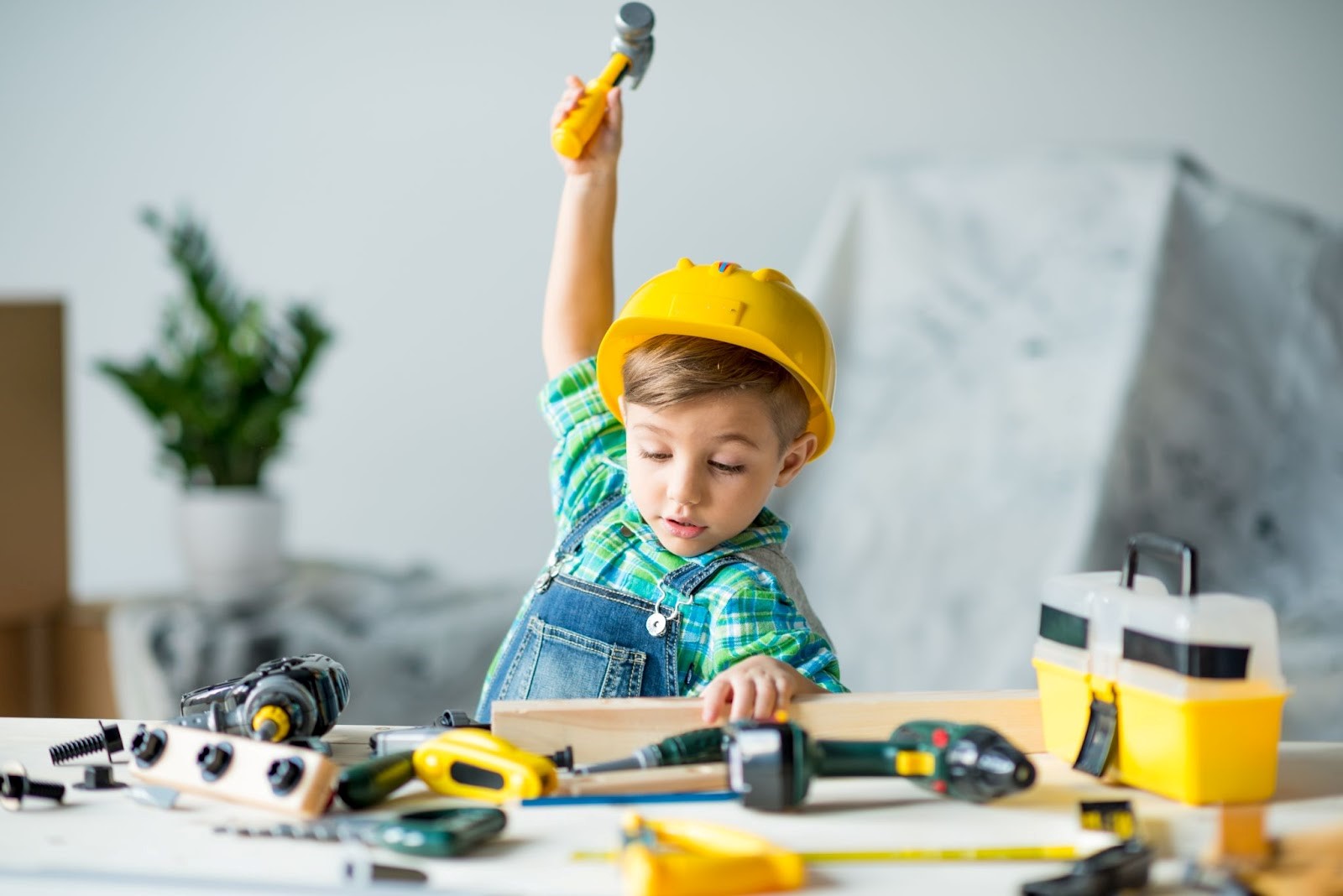
The holiday season, birthdays, or just because — toys bring joy to children year-round. However, ensuring your child’s safety while they play is just as important as picking out the perfect gift. Here are essential tips to keep in mind when selecting toys for your little ones.
1. Choose Age-Appropriate Toys
Toys are labeled with age recommendations for a reason. These guidelines take into account a child’s developmental stage, physical abilities, and safety needs. For instance,:
- Infants and Toddlers: Look for toys that are soft, lightweight, and free from small parts.
- Preschoolers: Opt for toys that encourage creativity and fine motor skill development, like building blocks or simple puzzles.
- Older Children: More complex toys, such as board games or construction sets, can be great for older kids but may have small parts unsuitable for younger siblings.
Always follow the manufacturer’s recommended age guidelines to ensure the toy aligns with your child’s developmental stage.
2. Beware of Choking Hazards
Choking is a significant concern for young children, especially those under three years old. To minimize risks:
- Avoid toys with small, detachable parts.
- Use a small parts tester or a toilet paper roll to check whether a toy or its components are small enough to pose a choking risk. If it fits through the tube, it’s too small for young children.
- Regularly inspect older toys for loose parts that could become choking hazards.
3. Inspect for Sharp Edges and Toxic Materials
Ensure the toys you select are free from sharp edges, points, or parts that could pinch tiny fingers. Additionally:
- Choose toys made from non-toxic materials and avoid painted toys unless the paint is certified as lead-free.
- Look for certifications such as ASTM International (ASTM F963), indicating the toy meets national safety standards.
4. Watch Out for Strangulation Hazards
Avoid toys with long strings, cords, or ribbons for young children, as these can pose strangulation risks. For example:
- Skip pull toys with long cords.
- Be cautious with wearable toys like capes or necklaces that could become entangled.
5. Battery Safety
Toys with batteries, especially button batteries, require extra caution. Swallowed batteries can cause severe internal injuries. To reduce risks:
- Ensure battery compartments are secured with screws.
- Supervise play with battery-operated toys.
- Store loose batteries out of reach of children.
6. Avoid Magnets for Younger Kids
Small, powerful magnets can be extremely dangerous if swallowed, as they can attract each other inside the body, causing severe injuries. For children under six, avoid toys with magnets altogether.
7. Supervise Playtime
While choosing safe toys is essential, supervision is equally critical. Watch your child as they explore new toys, and:
- Teach older children to keep their toys out of reach of younger siblings.
- Store toys properly after play to avoid accidents.
8. Regularly Check for Recalls
Occasionally, toys that seemed safe initially may be recalled due to safety concerns. Stay informed by checking the Consumer Product Safety Commission (CPSC) website for updates on toy recalls.
Playtime should always be fun and safe. By selecting age-appropriate toys, avoiding choking hazards, and staying vigilant, you can ensure your child’s play environment is secure. When in doubt, consult your pediatrician for additional guidance on toy safety.
